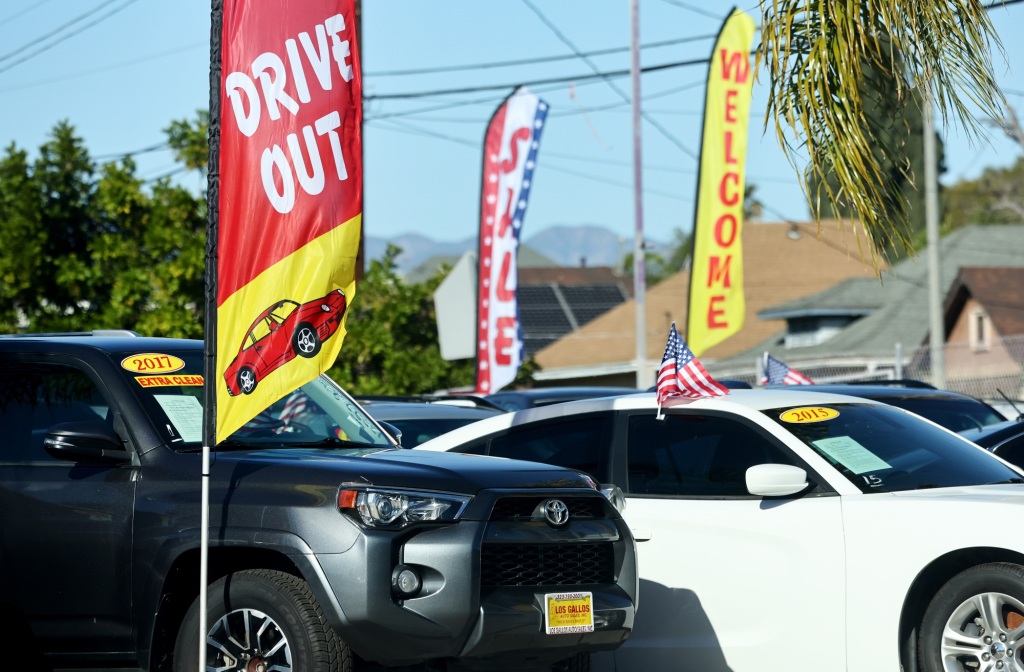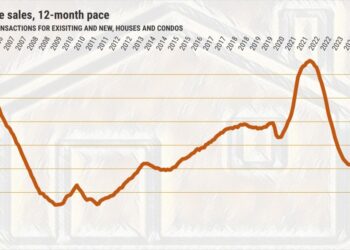After more than a year of overheated prices, the used-car market cooled by several degrees in December.
The trend brings some relief to car buyers. But inventories have yet to reach pre-pandemic levels, and consumers still miss the buying power they had in 2019.
While experts say this year’s used-car market will continue to improve, consumers need to have realistic expectations of what car buying will look like in 2023.
December saw a record drop in used-car prices
According to a January 2023 report by CoPilot, a personalized app for car buying, used-car prices fell in December for the sixth consecutive month, dropping 8.8% since January 2022. To give some perspective, this plunge was the largest annual drop the used-car segment has seen since the last month of the Great Recession in June 2009.
But they’ve still got a way to go before buyers are in familiar territory — the average used-car price still rang in at 30.1% higher than a normal market price.
The market is experiencing “more of a slow return to normalcy than what you would call traditionally a decline,” says Joseph Yoon, consumer insights analyst at Edmunds, an online car guide. “The prices are still very, very, very much elevated.”
Interest rates still hamper used-car affordability
One influence on used-car prices has been the Federal Reserve’s aggressive interest rate hikes in response to rising inflation.
According to Edmunds, the average interest rate for a used-car loan grew from 8.76% in July to 10.25% in December. As loan rates become more expensive, consumers who finance vehicle purchases will find they’re paying more for the total cost of their cars, despite the lower sticker prices.
What this means for car buyers
Consumers planning to buy a used car this year might be relieved to see lower windshield prices but will still find they have to navigate a distended car market. Potential car buyers should anticipate several trends when shopping for a used car this year.
Cheaper…
Read the full article here







